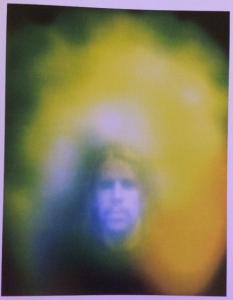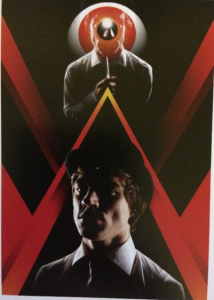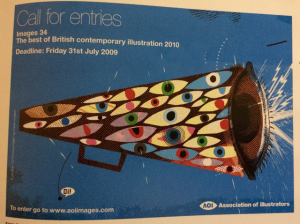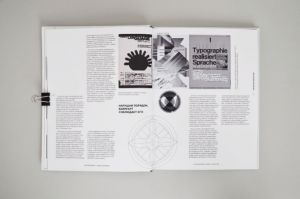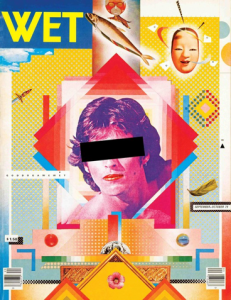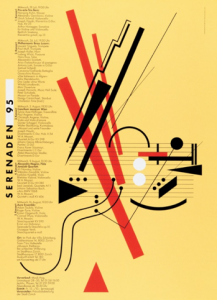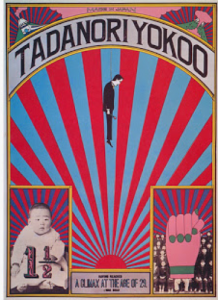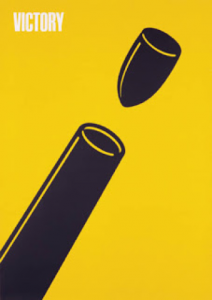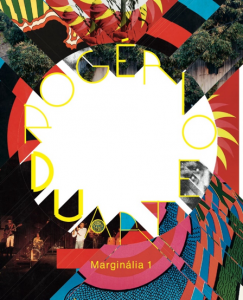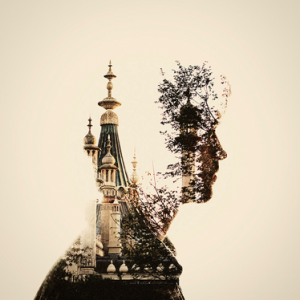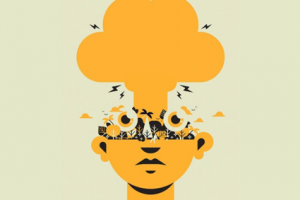Within both my practise based and essay based research I have found that the work of Christoph Niemann has helped me considerably for multiple reasons. A large amount of inspiration comes from how he develops an idea from simple graphic drawings into interesting and charismatic designs, his approach to observing and drawing inspiration from the murmur and constant shuffle of people watching and taking elements and designs that come forward from this process have helped me to simplify my ideas as well as relax my approach so that character can find its way into a brief to provide a more colourful vantage point than before.
So far, I have found this to be my most enjoyable learning experience due to the approach of the tutors and the briefs, my experience of each pathway within Graphic Arts has been enlightening and exciting as to the new possibilities alongside the ability to combine each discipline to create future projects. I find that even within workshops and small adventures into private research that the short documentary episode on Christoph Niemann comes to mind, whether it as to how I can approach a new topic, brief or attitude within Graphic Arts or if it is in regard to new practise based skills that be transferred from each discipline and reapplied to create new designs and more progressive responses.
My approach to research is unlike my approach to practise based challenges, within research I try to absorb as much information on a topic whether it is relevant to the current task presented to me. . Out of the topics that have been taught to us I found that the strongest influence on my work came from looking into the counter culture movement and looking at post modernism as it is still very relevant and visible in design today.
Being able to look into images and work that are relevant to my interests is especially new as it enables me to discover different artists and how they work independently alongside how they work within their correlating movements or time periods, being encouraged to look into areas and movements of art that I may not have interacted with is particularly useful as it enables me to discover styles and issues that are discussed as well as celebrated that can potentially aid my work and encourage my practise based research to be broader and more eclectic.
When combining my approach to practise and essay based work alongside my inspiration from the works of Christoph Niemann I have discovered new movements and styles to incorporate into my work in a way that collaborates multiple styles so that I can completely understand my own individual style. Theory and practise can sometimes provide conflicting ideas that affect how a project moves forward, having the background research completed for a brief can better your approach to a final outcome, practise can consistently and continuously be improved whereas an approach to research stays more or less the same if the person completing research doesn’t see the benefit in their final outcome.

